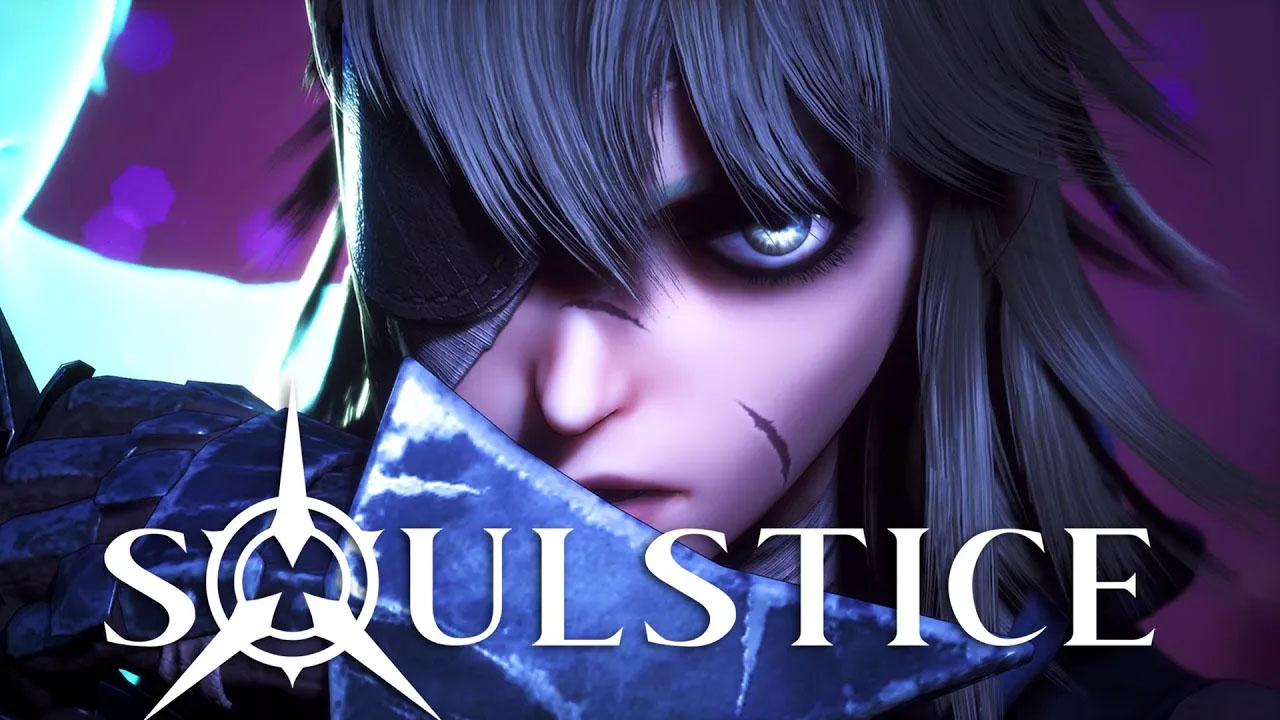
The Chimera’s fate isn’t one that falls on the side of happenstance. In fact, in Soulstice’s world, the Chimera are two intentionally bound together souls in order to sustain existence, one must give their life to be fused with the other so that they can remain together.
This sounds like nonsense now, but as the story of the perils of Ilden (pronounced ill-den) unfold, Soulstice takes you on an adventure through the holy kingdom of Keldias that isn’t meant for the faint of heart.
This is a review coupled with a supplemental video review. You can watch the video review or read the full review of the below:
Soulstice
Developer: Reply Game Studios
Publisher: Modus Games
Platforms: Microsoft Windows, PlayStation 5 (Reviewed), Xbox Series X|S
Release Date: September 20th, 2022
Players: 1
Price: $49.99 USD
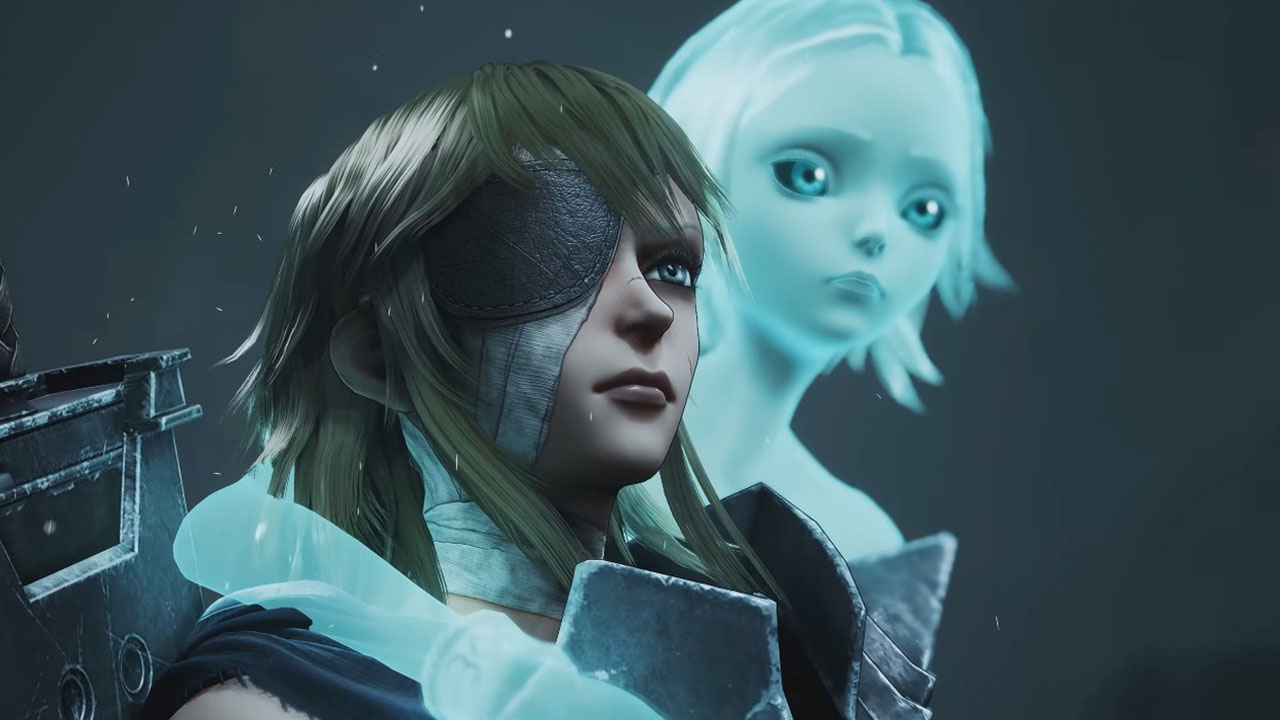
Right off the bat you can’t help but notice the direct inspiration for this game’s design. At the first glance of Briar’s massive greatsword, popular Japanese manga franchises Berserk and Claymore are immediately brought to mind. Thankfully, I don’t know anything about either except that they exist, so I’m not going to launch into any diatribes about how Briar’s out here ripping off Guts.
Concepts and Combat
In Soulstice, you play as a girl named Briar and the ghost of her little sister Lute. Briar is a Chimera, which is a person who’s been melded together with the soul of another who acts as their spectral companion in the form of a shade.
Briar is a warrior who swings a large greatsword, and ultimately winds up with several other weapons throughout the course of the game, each with their own unlockable combos as well as unique strengths and weaknesses, depending on enemy type.
As a shade, Lute has the power to disrupt the air around Briar, and as such she’s able to project two different fields that allow for some innovative gameplay mechanics.
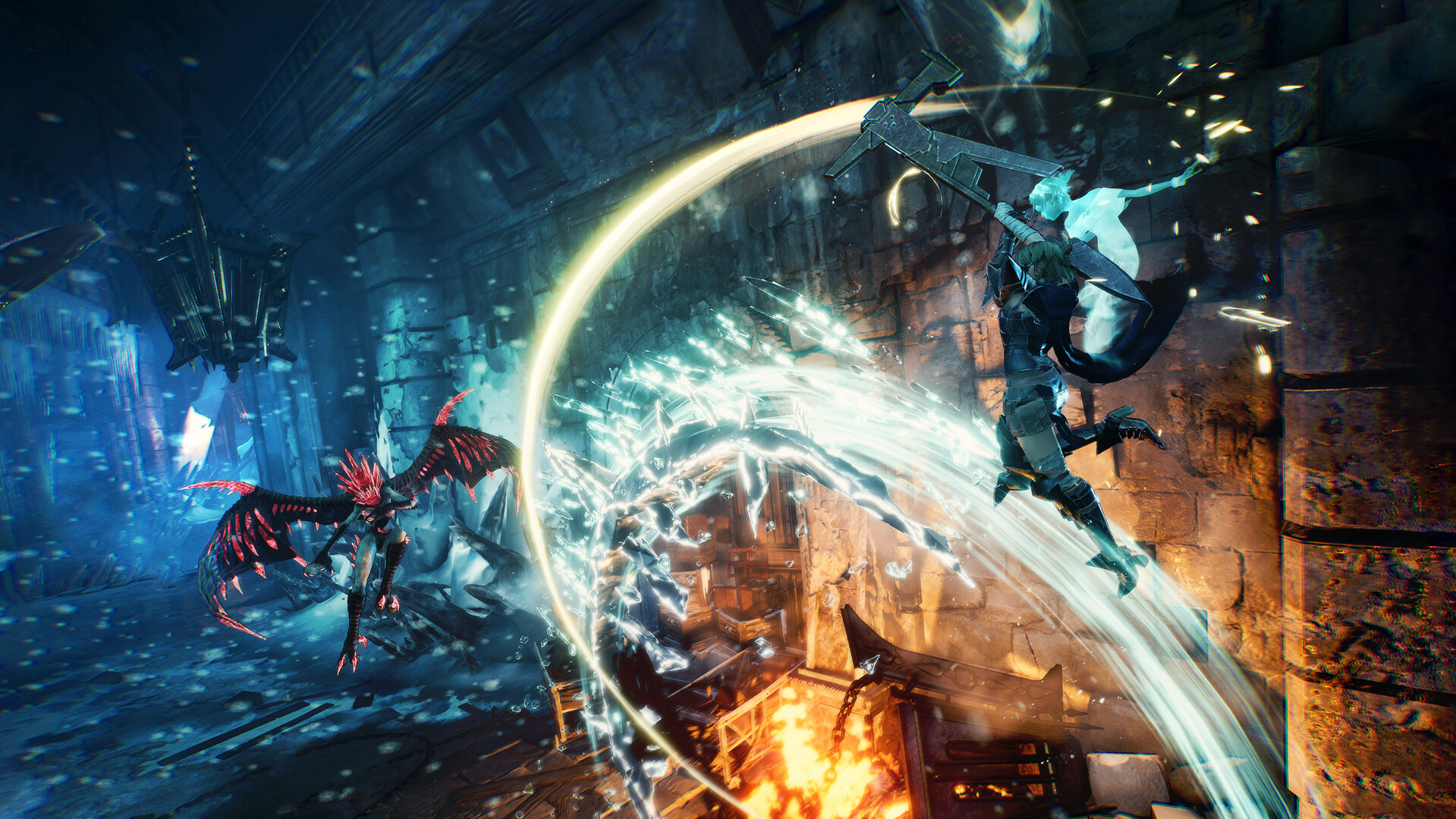
Both require you to activate a certain field to damage enemies while also managing how much of a strain the field is putting on Lute, so she isn’t overloaded and subsequently banished for a few moments while she recharges her spectral energies.
While there’s a lot to process here, Soulstice’s biggest problem is that it constantly seems to get in its own way. Combat attempts to be intricate, but there’s a lot of design choices that make things far more frustrating than they should be due to the developers attempts to make combat feel deeper than it needs to be.
The game blatantly rips off the original Devil May Cry trilogy, so why there aren’t simply less things to contend with is a little bit confusing.
Combat is already hampered by the lock-on system that is patently unreliable, the infuriating camera (more on this later), but the absolute most basic thing that this combat needed to have in order to be successful was animation canceling. Sadly, you can’t dash out of an attack once it’s started. This means you’ve gotta be deliberate with every swing, and that’s a huge problem.

Soulstice does everything out of the Devil May Cry playbook. You’re judged on how well combat is by variation of attacks, how much damage you take, kill speed, and combo multiplication. On top of this, you’ve got to properly land an entire combo before other attacks can be used. This is such a staggeringly difficult decision to wrap my mind around.
Why on Earth should I have to land a combo that is executed by “square, square, pause for a second till the weapon flashes, square, square, square” in order to unlock the synergy attacks that are automatically triggered while Briar and Lute’s synergy is high?
It’s convoluted and unfortunately I was almost 30 hours into Soulstice before I finally realized how to even explain what the problem was with what I was seeing on screen.
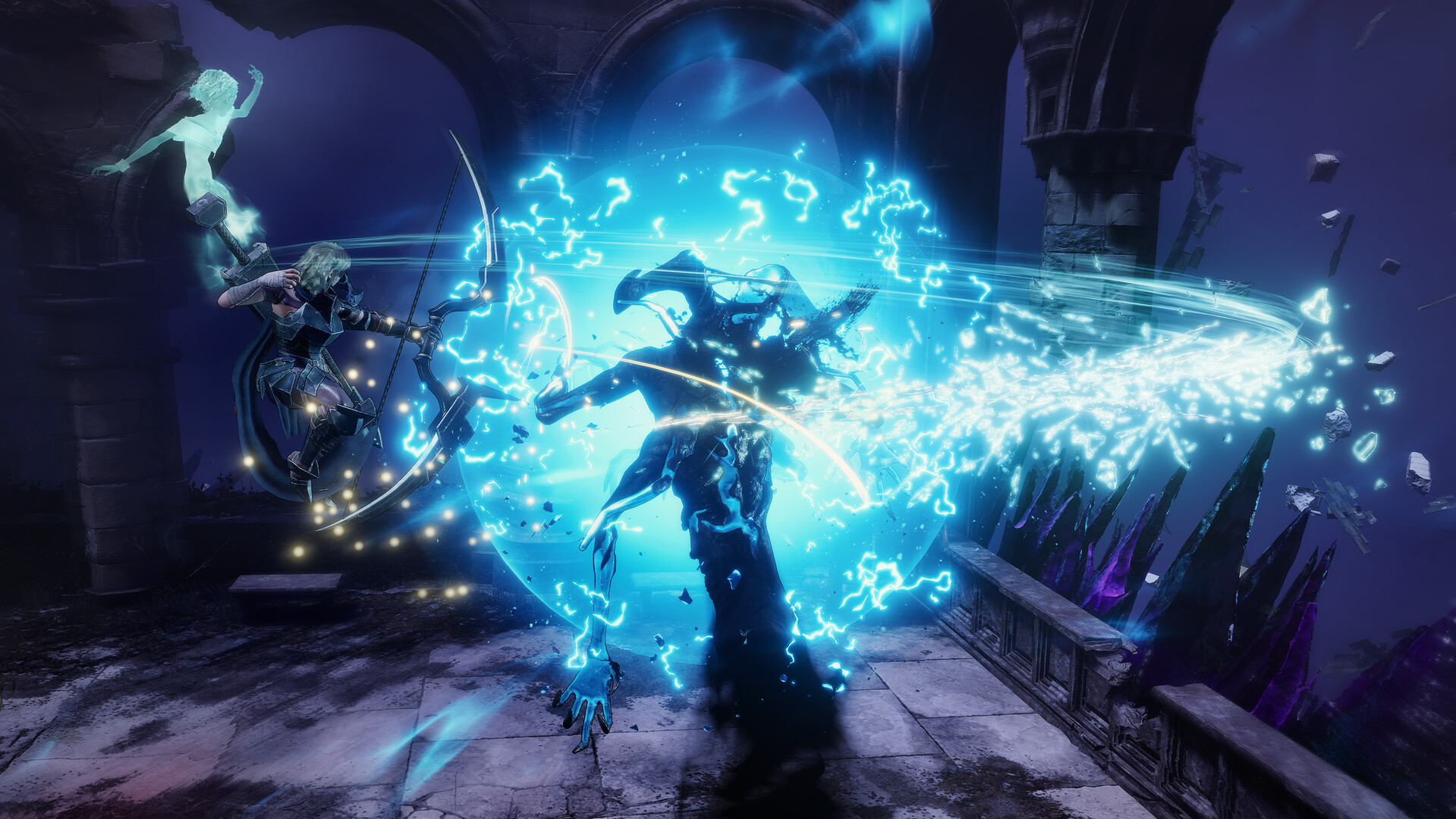
Tied to an overwhelmingly complicated combat system is the fact that the game allows you to play on a difficulty level that you won’t have any of the skillset necessary to attempt fairly and you’ll likely find yourself quitting the game due to unreliable or janky combat before you reach the first boss battle.
Yes, for the record, I’m aware that they added a “games journalist” mode by allowing you to turn on game assists to make you suck less, but that’s not the kind of thing we do here at Niche Gamer because we’re actually enthusiasts who like to play video games.
So, even if you’re past all of this, Lute’s ability to help you in combat revolves around a quick time event style of pressing the circle button when prompted, and getting a perfect counter/dodge/deflect is reliant on you both being able to manage your combo attack while also sliding over and pressing the circle button the moment you anticipate the prompt to show up.
You eventually unlock skills that make this system far less punishing, including Lute’s ability to automatically react to one every few seconds if you miss the prompt, but none of this is unlocked until you are considerably further along in the game.
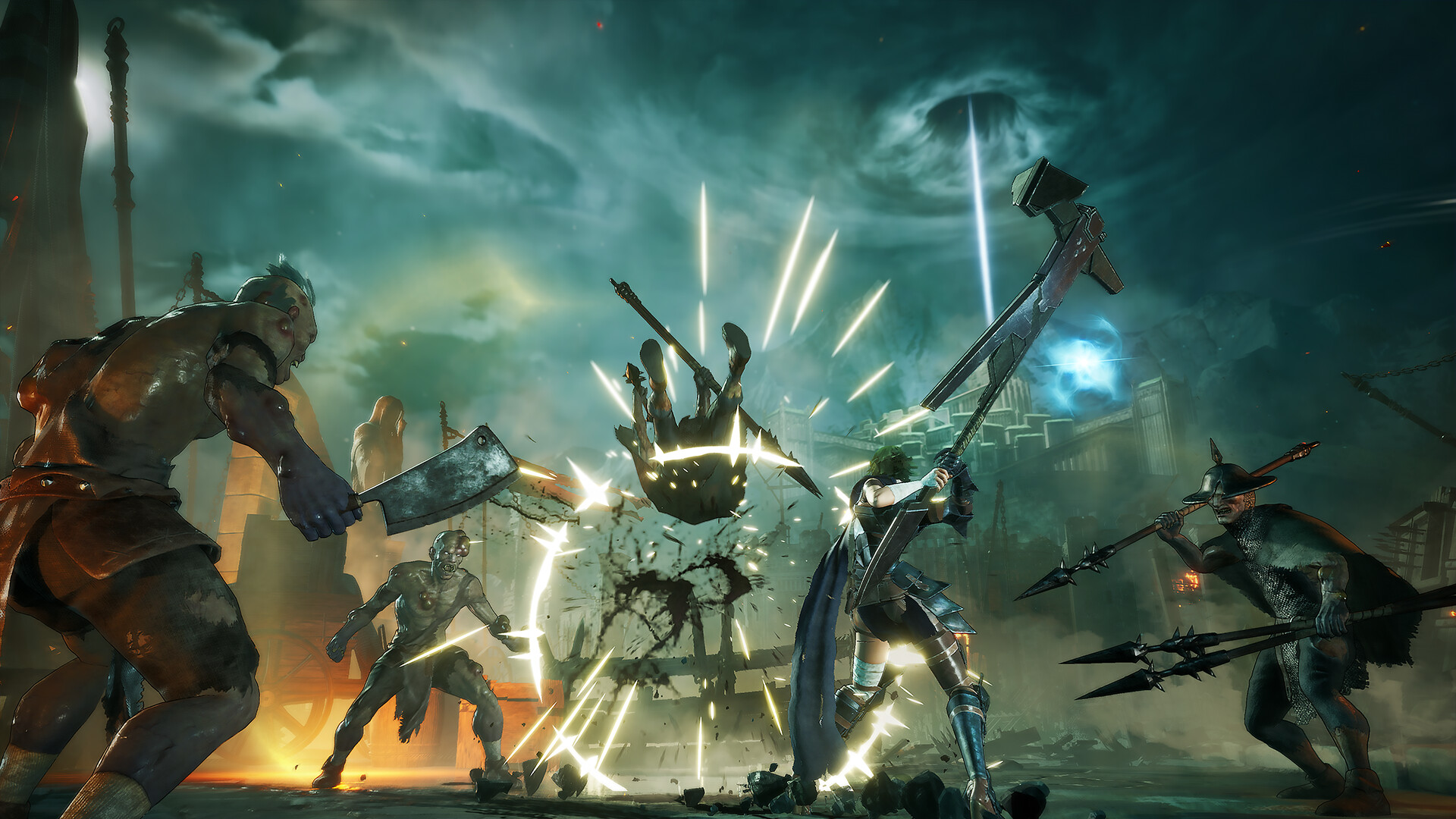
When on the harder difficulties, the average person won’t keep playing because it’s simply not fun. You don’t even unlock Briar’s berserk ability until several chapters in, which is this game’s equivalent of a devil trigger, and that’s what makes most of these fights manageable as minibosses become normal enemies.
Story and Progression
Soulstice is a long ass game, it’s twenty five chapters. Some chapters are simply a boss fight, and some chapters are decently short, such as the one where you fight a few waves of enemies going up the elevator, but it’s still a long game.
Perhaps it’s not that the game is ridiculously long so much as that it feels obscenely long due to how reliant it is on the set pieces. After a few chapters, you’ll find yourself going “haven’t I already been here before?” and everything blurs together because they re-use a lot of the scenery to add more sections to the game and there’s a lot of running back and forth through hallways that really should have been cut.
I had to force myself to complete Soulstice, not because the story wasn’t good – far from it in fact – Soulstice actually has a super interesting (even if it’s predictable) story and sets itself up for a trilogy of games if they want to head that route.
The problem is, it’s just not fun to keep going through what feels like the same few areas over and over. Devil May Cry speed runs usually wind up around the 1 hour and 30ish minute mark, and God bless him, but here’s a guy who’s speed run of Soulstice took 4 hours and 30 mins.
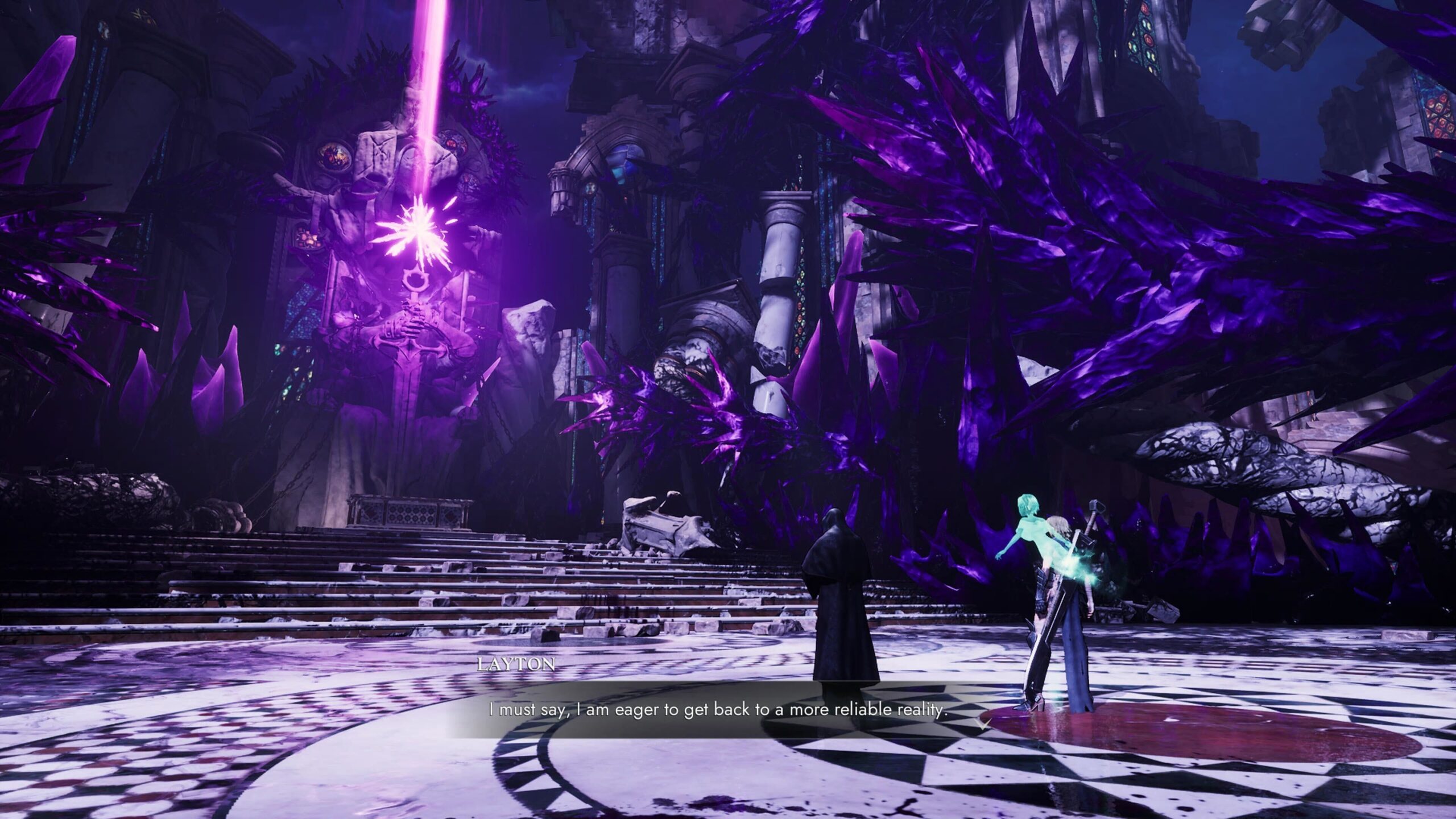
I really like the story but it’s just not very fun to play through because it’s so repetitive. Combat always devolves into the same few basic combos, requiring the same mastery of swapping from red to blue fields, and puzzle solving fairly simplistic puzzles.
The puzzles wouldn’t be half as hard if they hadn’t gone with a cinematic fixed camera that fails to show any actual depth to the environments. It’s a shame because the game is otherwise quite striking to look at.
While the camera does free up during combat, it’s still impossible to manage while also dealing with all of the other busy work that’s included with combat, which adds even more frustration to a game that should have been a success with fans of the action/hack and slash genre.
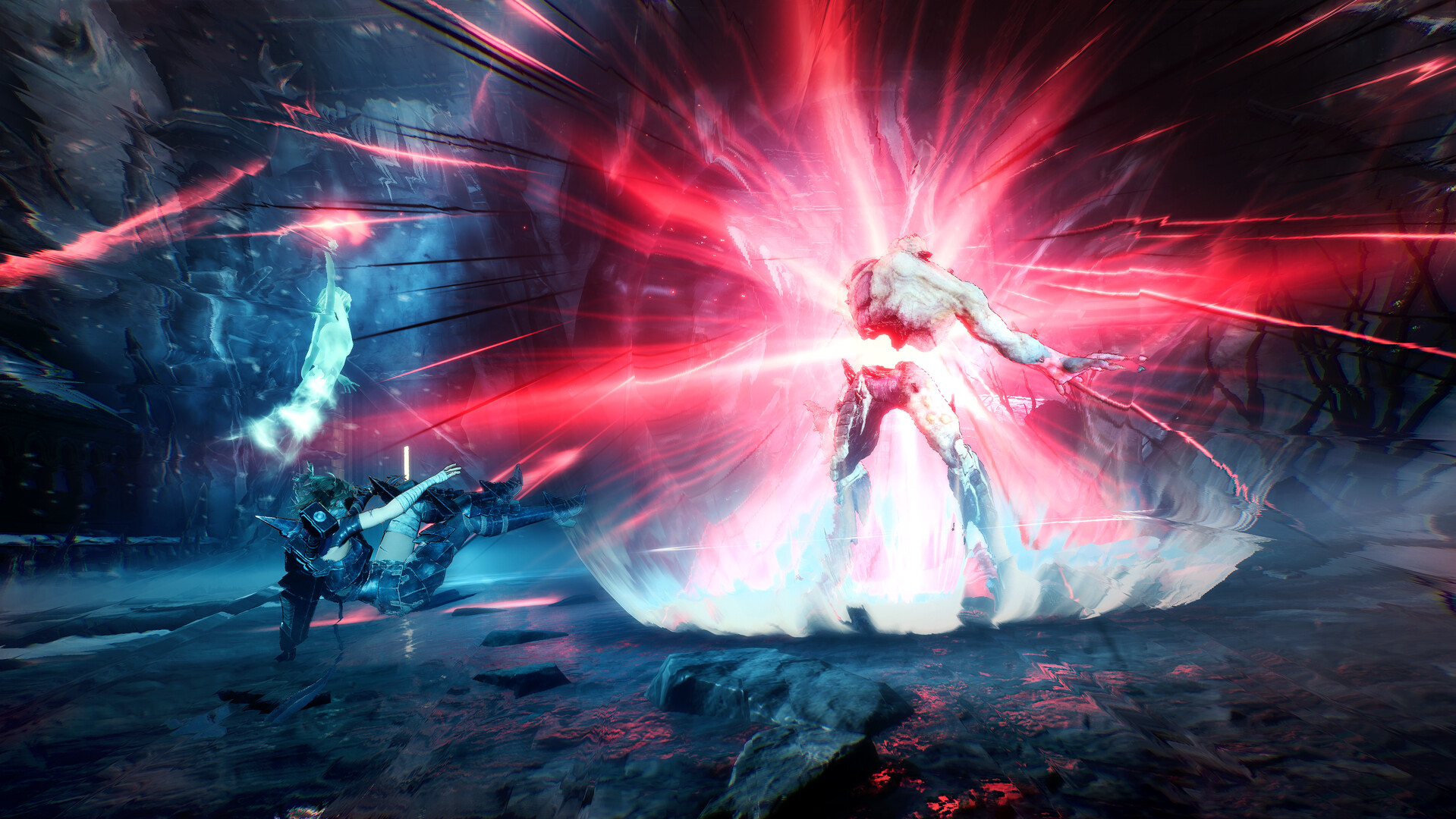
Final Thoughts
I really wanted to love Soulstice. Briar and Lute have an interesting story to tell and most of the voice work is really well done here. The memory parts drag on for way too long and Briar is for some reason both huge and naked in them? I guess that’s a plus for people who have an undying desire to see drawn nipples in games, but it felt completely unnecessary.
If we see a sequel or two for Soulstice, I hope that they take some of these things into consideration. Remove the excess bloat, add some animation cancels, and for the love of God, don’t make a difficulty that’s extremely grating to try and get through available from the start.